Rising Demand for Insulation Materials
The Global Cellular Glass Market Industry experiences a notable surge in demand for insulation materials, driven by the increasing emphasis on energy efficiency in construction. As governments worldwide implement stricter building codes and regulations, the need for effective insulation solutions becomes paramount. Cellular glass, with its excellent thermal resistance and durability, is well-positioned to meet these requirements. In 2024, the market is projected to reach 7.88 USD Billion, reflecting a growing recognition of the material's benefits. This trend is expected to continue, with the market potentially expanding to 16.9 USD Billion by 2035, indicating a robust growth trajectory.
Sustainability and Eco-Friendly Solutions
Sustainability emerges as a critical driver for the Global Cellular Glass Market Industry, as industries increasingly prioritize eco-friendly materials. Cellular glass is manufactured from recycled glass, making it an attractive option for environmentally conscious consumers and businesses. The material's recyclability and low environmental impact align with global sustainability goals, prompting its adoption in various applications, including construction and industrial insulation. As the market evolves, the demand for sustainable building materials is likely to propel the cellular glass sector forward, contributing to a projected compound annual growth rate of 7.17% from 2025 to 2035.
Technological Advancements in Manufacturing
Technological advancements in the manufacturing processes of cellular glass significantly influence the Global Cellular Glass Market Industry. Innovations in production techniques enhance the material's properties, such as thermal insulation and compressive strength, thereby broadening its application scope. For instance, the development of advanced foaming agents and improved melting processes allows for the creation of lightweight yet robust cellular glass products. These advancements not only improve performance but also reduce production costs, making cellular glass more competitive against traditional insulation materials. As a result, the market is poised for growth, with increasing investments in research and development.
Increasing Awareness of Fire Safety Regulations
The Global Cellular Glass Market Industry is significantly impacted by the increasing awareness of fire safety regulations across various sectors. Cellular glass exhibits excellent fire-resistant properties, making it an ideal choice for applications where fire safety is paramount, such as in commercial buildings and industrial facilities. As regulatory bodies enforce stricter fire safety standards, the demand for materials that comply with these regulations is likely to rise. This trend not only enhances the market's growth potential but also positions cellular glass as a critical component in ensuring safety and compliance in construction projects.
Growth in Construction and Infrastructure Projects
The Global Cellular Glass Market Industry benefits from the ongoing growth in construction and infrastructure projects worldwide. Urbanization and population growth drive the demand for new buildings and infrastructure, necessitating effective insulation solutions. Cellular glass, known for its lightweight and high-performance characteristics, is increasingly utilized in commercial and residential construction. As governments invest in infrastructure development, the market is expected to flourish, with projections indicating a rise to 16.9 USD Billion by 2035. This growth is further supported by the material's ability to meet stringent energy efficiency standards, making it a preferred choice among builders.


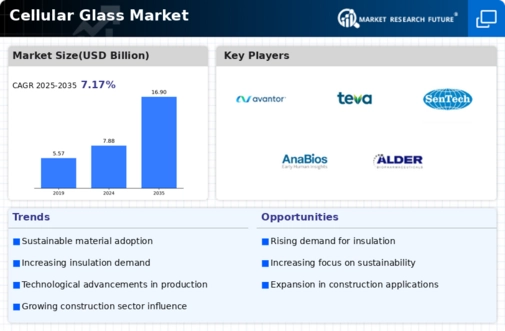

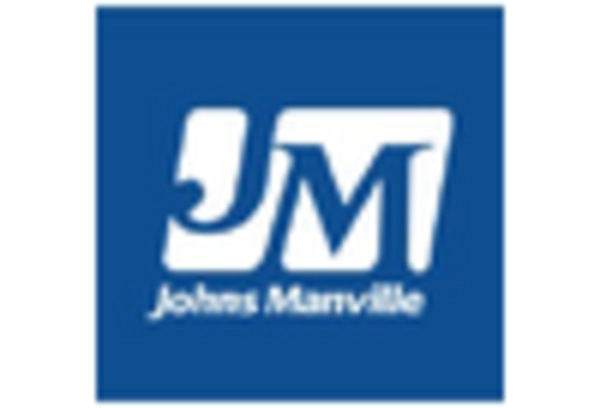
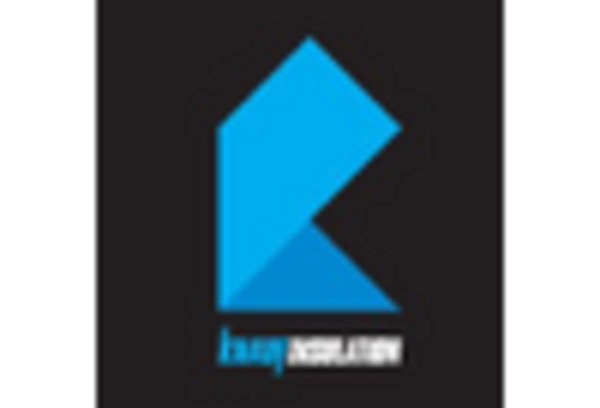
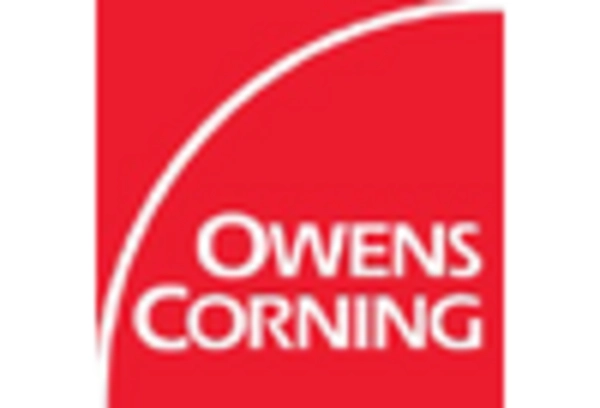
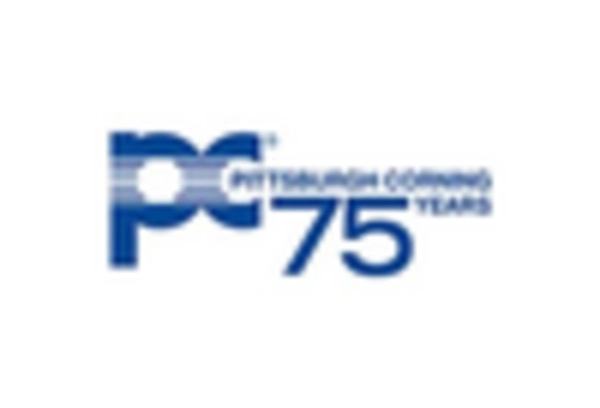









Leave a Comment